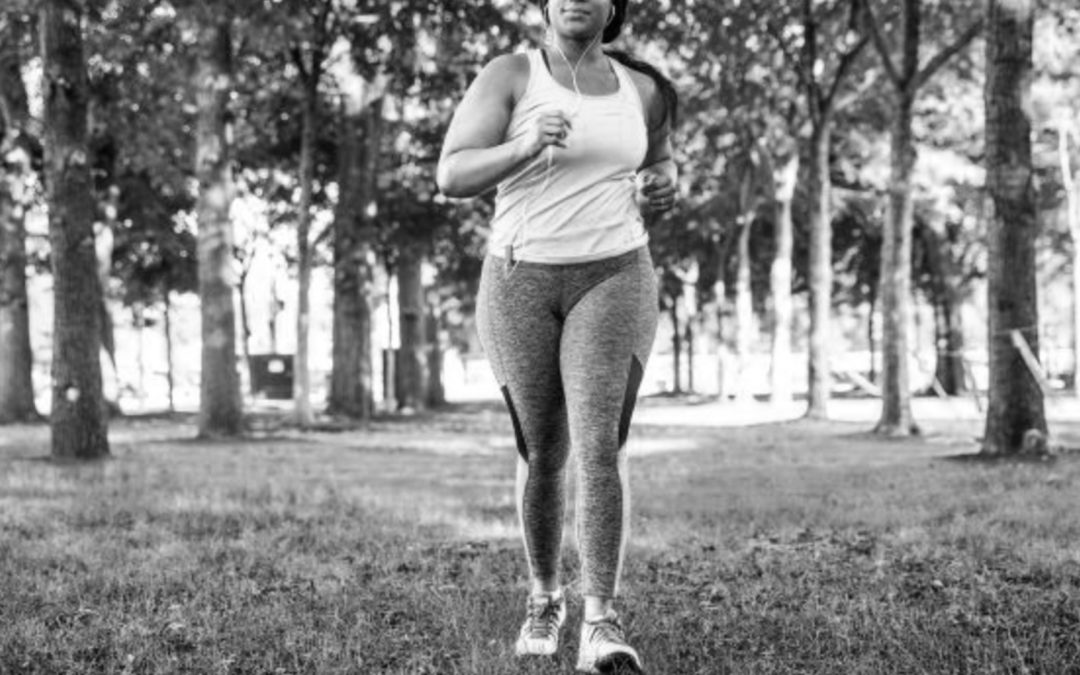In the relentless fight against Type 2 diabetes, a recent study unveils a powerful ally – brisk walking. Beyond the quantity of steps, the pace emerges as a significant factor, with brisk walkers enjoying a nearly 40% lower risk of developing Type 2 diabetes. Published in the British Journal of Sports Medicine, this study delves into the intricacies of walking speed and its profound impact on diabetes prevention.
I. The Need for Precision: Defining the Optimal Walking Speed
While previous studies hinted at the protective role of walking against Type 2 diabetes, the optimal walking speed remained elusive. The lead author, Dr. Ahmad Jayedi from Semnan University of Medical Sciences in Iran, aimed to bridge this gap by meticulously examining ten studies spanning from 1999 to 2022. This comprehensive analysis sought to unravel the nuanced relationship between walking speed and diabetes risk.
II. The Pace of Prevention: Brisk Walking’s Impact on Risk Reduction
The findings present a compelling narrative: the pace at which one walks significantly influences the risk of Type 2 diabetes. A hierarchy of risk reduction emerges, with an average or normal pace yielding a 15% lower risk, a fairly brisk pace offering a 24% lower risk, and the most significant benefit found in brisk/striding walking, resulting in an impressive 39% risk reduction.
III. Defining Speed Tiers: Translating Walking Speed into Protection
The study introduces distinct tiers of walking speeds, offering clarity on what constitutes an average, brisk, or brisk/striding pace. The tiers are demarcated by miles per hour, creating a measurable scale for individuals to gauge their walking speed. This tiered approach helps translate research findings into actionable insights for the general population.
- Easy or casual walking: Less than 2 miles (3.2 kilometers) per hour
- Average or normal pace: 2 to 3 miles (3.2 to 4.8 kilometers) per hour
- Fairly brisk pace: 3 to 4 miles (4.8 to 6.4 kilometers) per hour
- Brisk/striding walking: More than 4 miles (6.4 kilometers) per hour
IV. Incremental Benefits: The Impact of Speed Increase on Diabetes Risk
An intriguing revelation from the study is the incremental benefit associated with speed increase. For every 1 km/hour increase in walking speed, there is a notable 9% lower risk of developing Type 2 diabetes. This insight emphasizes the importance of not just walking but doing so at a pace that maximizes health benefits.
V. Beyond Correlation: Exploring Causation and Health Impacts
While the study does not establish a direct cause-and-effect relationship, experts suggest that faster walking could result in improved physical fitness, weight management, and reduced insulin resistance, thereby lowering diabetes risk. The study underscores the potential of brisk walking as an intensive activity for diabetes prevention, highlighting the importance of intensity in physical activities.
Conclusion: A Stride Towards Prevention
As the study unfolds the relationship between brisk walking and Type 2 diabetes risk reduction, it provides a clear directive for individuals striving to safeguard their health. Brisk walking emerges not only as a practical and accessible activity but also as a potent tool against the looming threat of diabetes. The study’s conclusions resonate as a call for individuals to not only increase their walking duration but also elevate their pace for enhanced health outcomes. In the journey towards diabetes prevention, every brisk stride becomes a decisive step in the right direction.

Erin Balsa is a highly skilled and knowledgeable health journalist with a passion for educating the public on important health and wellness topics. With extensive experience in both traditional and digital media, Erin has established herself as a trusted voice in the field.

